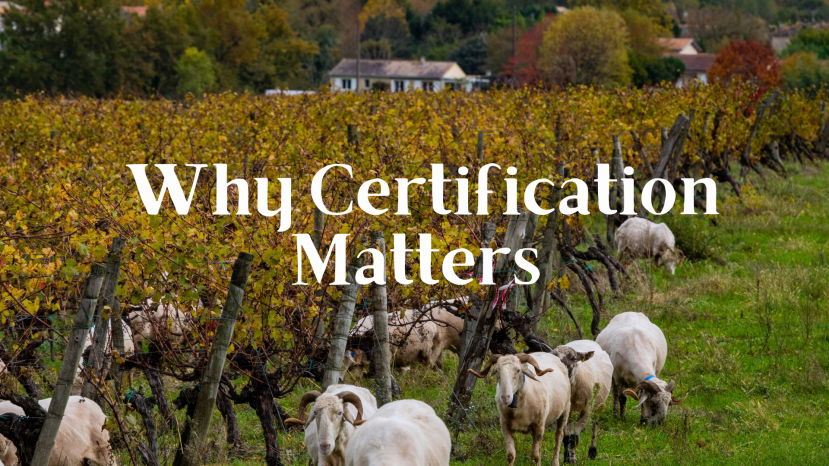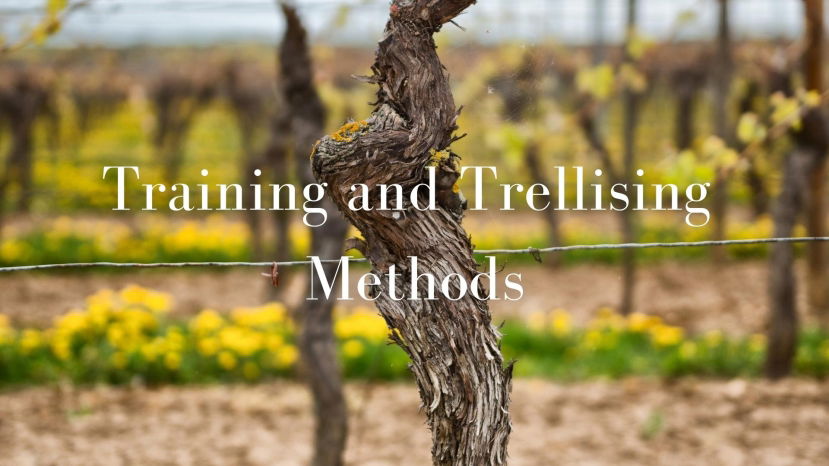BLOG
viticulture
Summary: Sustainable wine growing can cover various practices from farming to production techniques, environmental and social policies, and even packaging and waste reduction choices. The challenge for wineries is how to present their sustainable principles and practices to consumers. This webinar will focus on the importance of sustainable certification programs around the world, such
Summary: Join Nova Cadamatre, MW for another look into the vineyard this time focusing on the difference between training and trellising. Find out what each is and then learn about how both are applied and how a vineyard manager might choose which system to use. Presenter: Nova Cadamatre, MW Nova Cadamatre is a winemaker, writer, and blogger. As one of the first graduates of Cornell’s Viticulture and Enology program in 2006, Nova


